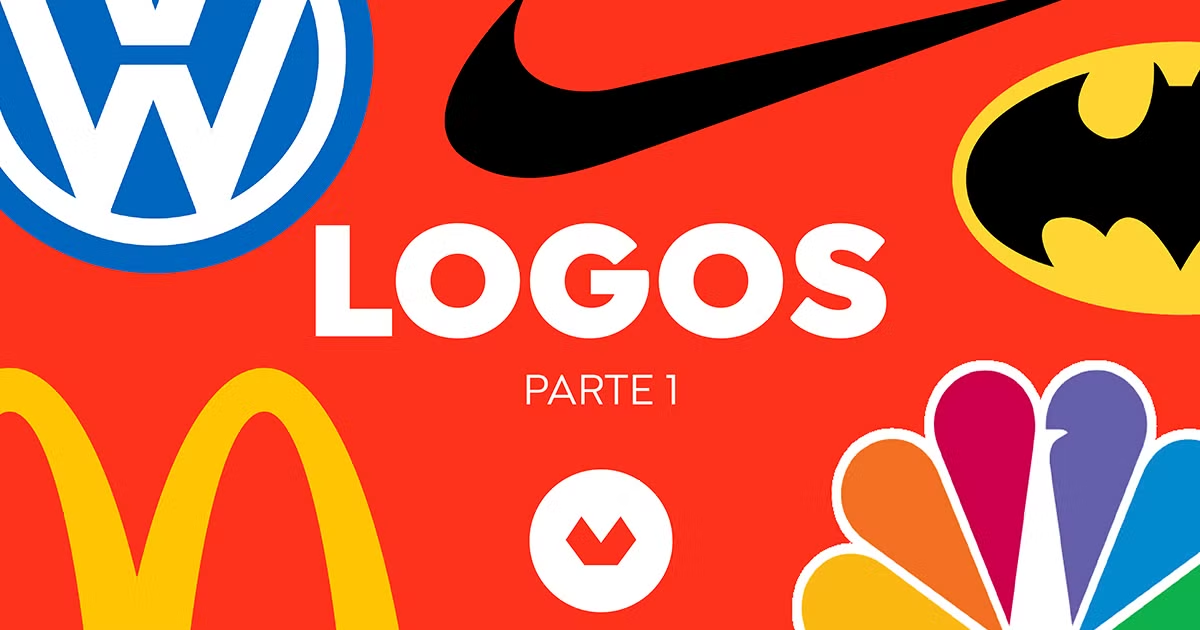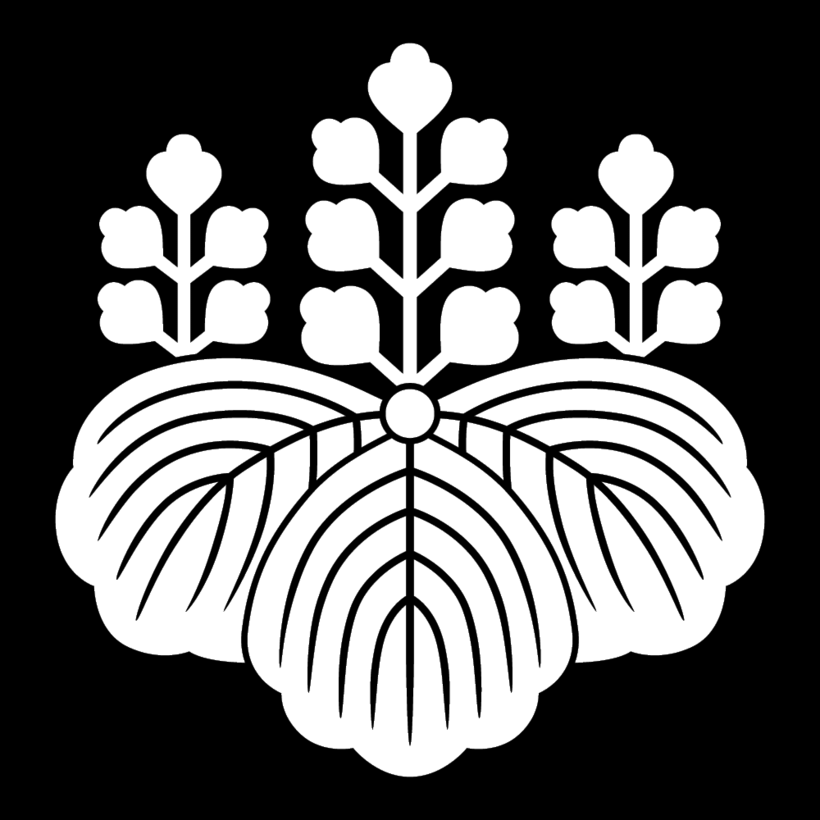History of Logos I: Learn About the First-ever Logo

Discover how two thousand years of history have influenced the most recognizable logos today, in part one of “The Story of Logos”
The omnipresence of brands has come to define both the 20th and 21st centuries. Decades ago, brands began to creep into our public life and, now, thanks to the evolution of digital technology, they invade every corner of our private life. Each one has its own visual identity: its logo.
But why do some logos have so much more of an impact on us? What was the “first” logo in history? Does this question even really make sense? Discover the answer in the following video–part one of The Story of Logos–which focuses on the “prehistory” and origins of this form of graphic communication.
Religious Symbolism
For almost as long as humans have existed, they have used symbols to represent complex realities. Among them, those that have been the most successful over the last thousands of years are symbols associated with religion. Could the Christian cross not be deemed a brand that launched over two thousand years ago? Or what about the Jewish Star of David? Or the star and crescent of Islam?
All of them possess the same key trait that modern-day brands do: they are able to reference something that is intangible, impossible to communicate with words, but that we associate with a way to behave, to live, to be. In this sense, many modern brands use messages linked to self-improvement and community spirit that are traditionally linked to spiritual worship.

Makers’ Markings and Stone Carvings
The use of simple symbols that visually denote the characteristics or quality of a certain brand goes way back. Archeologists have discovered pieces of pottery belonging to very different ancient civilizations–the Chinese, the Aztecs, and the Roman Empire–that bear markings that identify their maker using basic symbols.
And let’s not forget stone carvings–symbols that builders engraved onto their constructions, and which have survived up until today. With these markings, they indicated their origin, what route they worked on, and their level of experience.

Heraldic Art
With the Code of Chivalry established in Medieval Europe, from the 10th century onwards, knights faced a problem: covered head to toe in armor, they were unrecognizable on the battlefields and during tournaments. Given that this was a time in which honor and recognition of one’s achievements on the battlefield were of great importance, this couldn’t be. So, these knights began to decorate their shields with symbols and colors that made them stand out from the rest.
This is how heraldic art was born–out of practicality. And with the passing of the centuries, it came to define everything associated with these knights: their squires, their wives, their property, their territories. The designs became more complex and they came to be known by more and more people, resulting in the nobleman's ego and need for acknowledgment being one of the most relevant design sources in history.

Japan and Mon
The use of design as a system to identify family clans would also emerge in Japan, though in a much more minimalist way. Japanese circular emblems, known as mon, were used to identify aristocratic families and ended up spreading throughout society, just like heraldry.
Similar to the medieval shields in Europe, the mon influenced the first Japanese brands: Mitsubishi’s logo, for example, combines the family emblems that belonged to the Iwasaki–the family that founded the electrical appliance company–and the Yamanouchi–the first to employ them.

The First Logo? Bass Brewery
Whilst many brands insist that they were the first to register a logo, around about the 19th century, the case of Bass Brewery–a popular brand of English beer–is perhaps the most unique and relevant. Since the mid 19th century, the company had always put a red triangle on its bottles of pale ale, and in 1876 it became the first brand to register that logo, thanks to the introduction of the Trade Marks Registration Act that same year.
As the legend goes, on the morning of January 1st, 1876, a Bass employee was ready, waiting outside the London office to register the brand, having spent the whole of New Year’s Eve in that very same street just so that they could be first in line.
However, the Bass logo isn’t just important because it was the first, but also for its revolutionary design, which made it stand out from any other brand for decades. At a time when logos were usually elaborate and complicated and laden with details that were difficult to read, Bass overtook the competition by taking a chance on a simple red triangle–an abstract, minimalist, and simple design that worked.
The logo not only fueled sales, it was also incorporated into the work of artists such as Picasso and Manet, showing its central role in society, in which the line between art and commerce had begun to blur.







0 comments